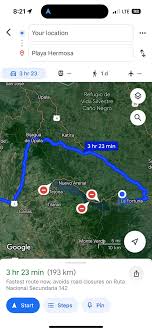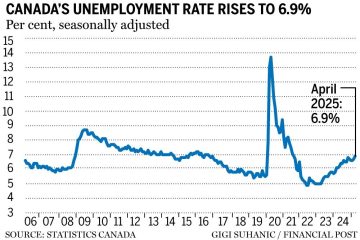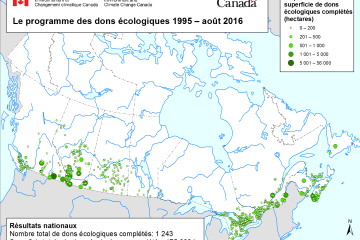Understanding the Impact of Road Closures Across Canada

The Importance of Road Closures
Road closures are a significant aspect of urban planning and traffic management in Canada. They occur for various reasons, including maintenance work, construction projects, and emergency responses. As cities expand and infrastructure ages, understanding the implications of road closures becomes vital for citizens and travelers alike.
Recent Road Closures
As of October 2023, several major cities in Canada are experiencing notable road closures. In Toronto, the ongoing construction of the Ontario Line subway has led to closures along several main routes, including Dupont Street and the intersection of Bloor Street and Ossington Avenue. This construction is crucial for improving public transportation but has caused considerable traffic delays and detours.
In Vancouver, the annual sandcastle competition on Jericho Beach recently led to temporary closures of local access roads and affected the surrounding neighborhoods this past weekend. City officials reported that while the event boosts tourism and community spirit, it requires detailed planning to minimize disruption.
Challenges Faced by Commuters
Traffic congestion due to road closures is often one of the most immediate challenges commuters face. During peak hours, significant delays can occur as vehicles are rerouted. Public transport options can also be impacted; for instance, buses may need to take alternative routes, leading to extended travel times for customers. Authorities usually strive to provide timely updates through social media and traffic advisories, yet many drivers remain unaware of these developments until they are already on the road.
The Role of Technology
To combat road closure challenges, many cities are increasingly using technology. Real-time traffic apps now allow commuters to view up-to-date information and alternative routes, providing a more informed travel experience. For example, Google Maps and Waze can help users navigate around closed roads, potentially mitigating frustration during long wait times.
Conclusion
As urban areas continue to evolve, road closures will remain a consistent aspect of city life. While they serve essential purposes in developing infrastructure and ensuring public safety, the impact on daily commuting cannot be overlooked. Ongoing communication from city officials and advancements in navigation technology will play key roles in managing these closures effectively. Ultimately, staying informed will help residents adjust their plans and minimize disruptions caused by road closures.









